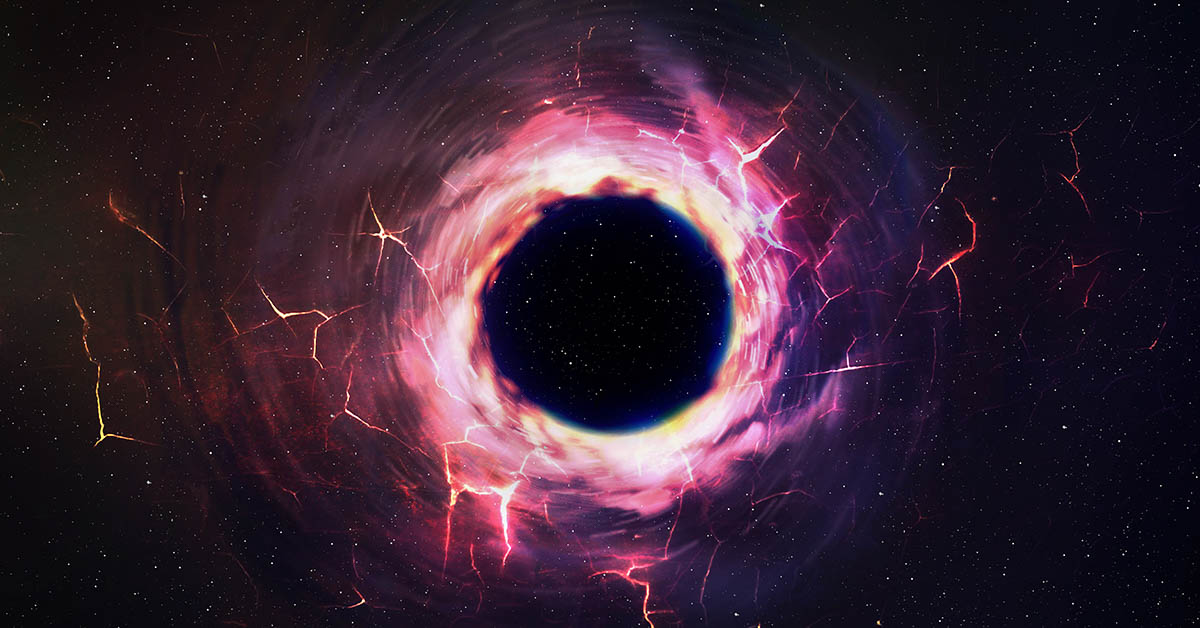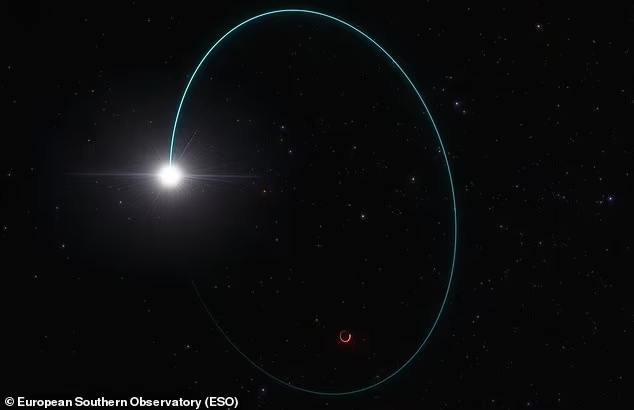Gargantuan Black Hole Discovered Relatively Close to Earth

A Hidden Giant: Unveiling the Milky Way’s Black Holes
Imagine a black hole 33 times the size of our Sun, lurking just 2,000 light-years away. This cosmic giant, named Gaia BH3, was born from the collapse of a massive star, not from the formation of the Milky Way itself. Though it’s not active, scientists managed to figure out it was there by studying the unusual movements of a nearby star, which its gravity pulls on like an unseen hand.
They couldn’t see Gaia BH3 directly because it’s dormant, but the telltale signs came from its companion star’s strange journey. This star’s path, disturbed by Gaia BH3’s strong gravitational influence, gave away the black hole’s hidden presence.
Finding Gaia BH3 is exciting because it suggests there might be many more such hidden giants in our galaxy – possibly thousands or even millions. Using data from Gaia, scientists are hopeful to uncover more of these hidden surprises.

Unraveling the Mystery: Formation and Composition
Dr. George Seabroke from UCL, a member of the Gaia Black Hole Task Force, paints this discovery like a moment from “The Matrix.” Just as Neo discovers the real world, Gaia is helping us see these hidden black holes scattered throughout our galaxy.
The star orbiting Gaia BH3 adds another layer of mystery. It lacks many elements heavier than hydrogen and helium, suggesting the massive star that collapsed into Gaia BH3 had the same unusual trait. This challenges our current ideas on how such massive black holes come into being.
A Galactic Fossil and a Look to the Future
The companion star to Gaia BH3 is ancient, likely forming within the first two billion years after the Big Bang. Its unique path suggests it came from a smaller galaxy or cluster gobbled up by the Milky Way long ago.
Discoveries like Gaia BH3 open up new avenues for understanding our galaxy. As the Gaia mission continues, researchers hope to find even more of these hidden black holes, helping us learn more about how massive stars and black holes evolve over time.
This discovery is like finding a hidden story in the fabric of our galaxy. Every new revelation brings us closer to understanding the vast universe we call home. With each new bit of data, the Gaia mission continues to light up the darkness, revealing the secrets of space.
Latest stories on technology, innovation, sustainable living, entertainment and culture.




